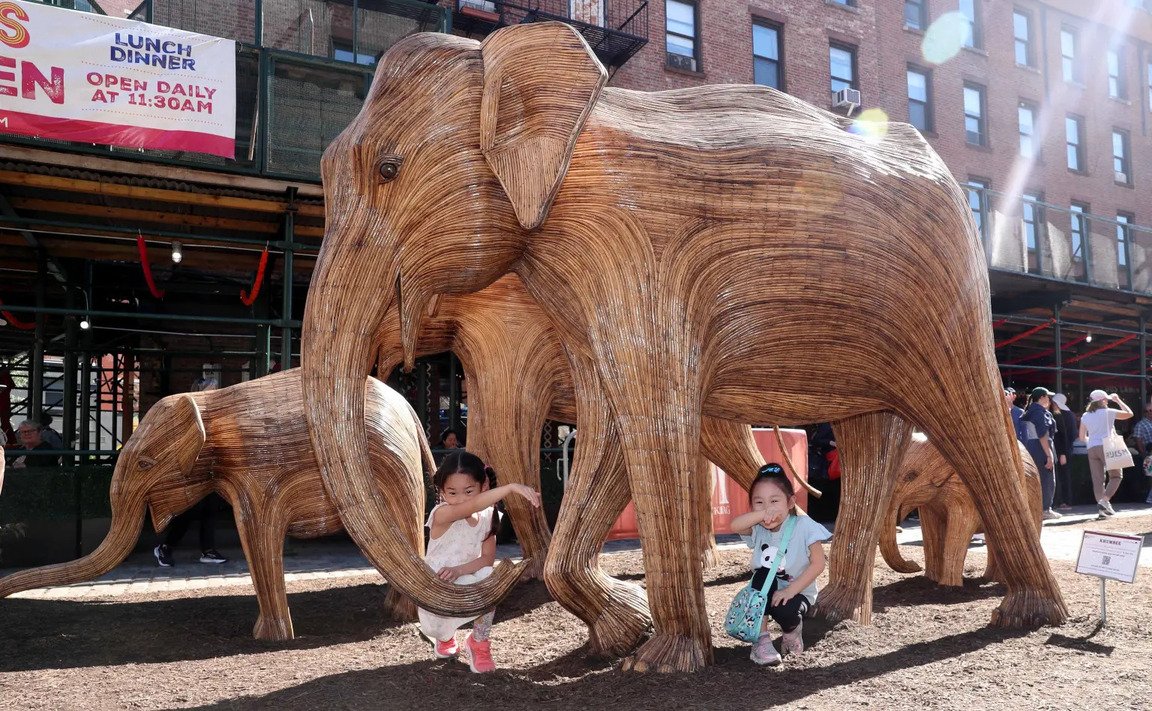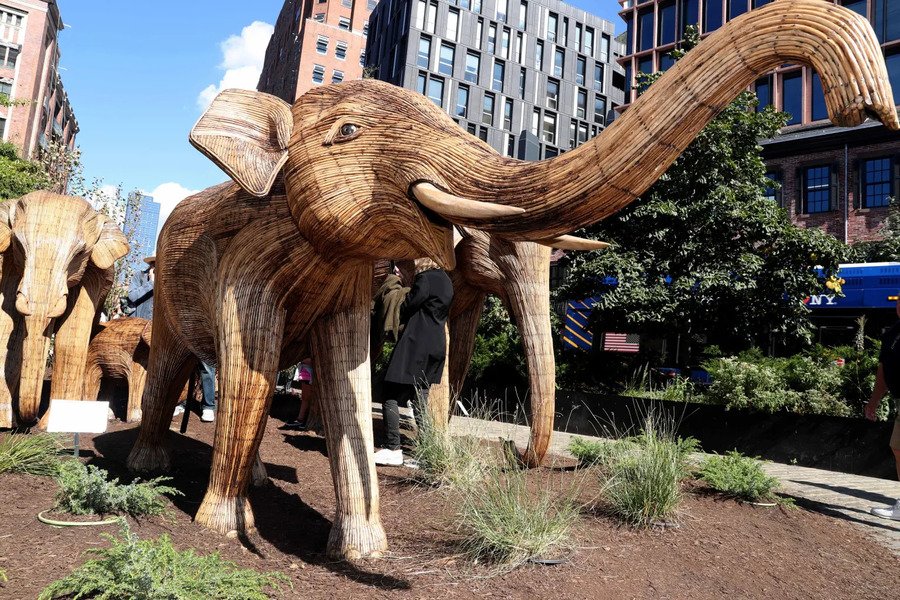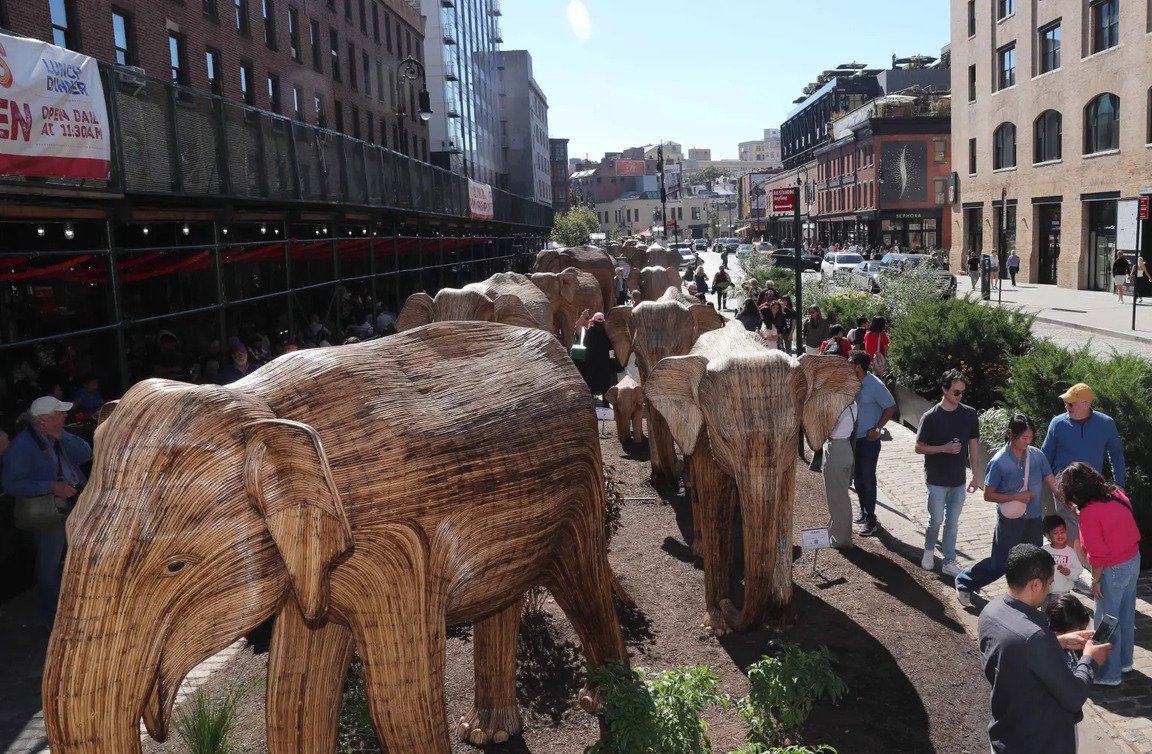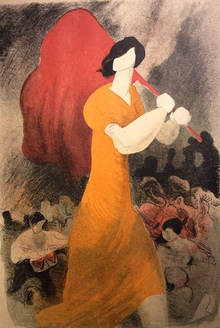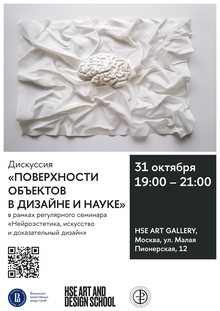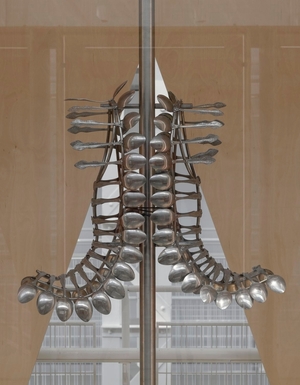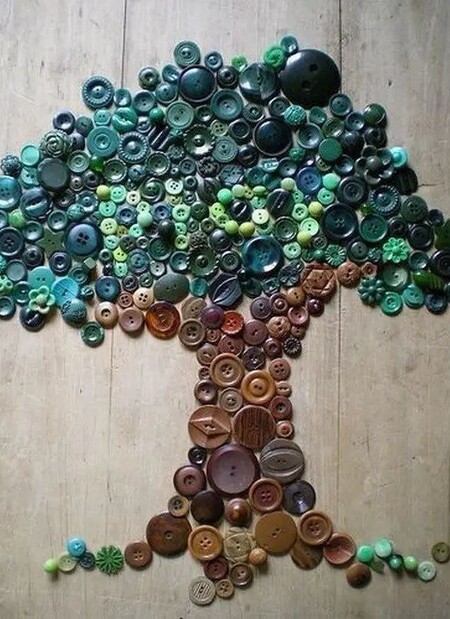
The Global Influence of Creativocacy and Eco-Art
From Africa’s sculptural storytelling to China’s urban installations—how does creativocacy shape sustainability?
Creativocacy and Eco-Art are not bound by borders, it is global; but they are as diverse as the landscapes from which they rise. In this chapter, we explore how different regions infuse sustainability into their artistic traditions. From across the world, how do recycling artists reclaim industrial waste in their frozen landscapes? How does the world’s rapid urbanization spark art-driven ecological awareness? How does tradition of upcycling speak to centuries-old wisdom on sustainability? This is a story of adaptation, reinvention, and global connectivity. The world is watching but are we all speaking the same artistic language of change?
The influence of eco-art and creativocacy is growing exponentially, as more artists, institutions, and communities embrace these practices. According to a 2020 report by Art Basel, the number of eco-art exhibitions and installations increased by 45% in the past decade, reflecting the rising demand for art that addresses environmental issues. The same report highlighted that eco-art exhibitions now reach a broader, more diverse audience, particularly with the help of digital platforms and social media.
As the global environmental crisis continues to unfold, the role of eco-art in shaping public opinion, advocating for policy changes, and promoting sustainable practices will become even more vital. Artists will continue to be at the forefront of the global movement for change, using their creativity to inspire collective action and drive awareness about the urgent need to protect the planet.
This chapter further reveals the impact of creativocacy projects globally. It will be focused on the case studies of several projects, and their impacts. Across continents and cultures, creativocacy and eco-art share core principles and impact Pathways:
Policy Influence: Many public artworks now serve as entry points for city planning or environmental reforms.
Community Resilience: Creativocates engage marginalized groups in co-creation, strengthening local agency.
Cultural Shifts: Art normalizes sustainable practices and redefines our relationship with the planet.
Eco-Art Case Studies with Global Reach

Project Row Houses — Houston, USA Artist: Rick Lowe (and many collaborators) Established: 1993 Medium: Urban renewal through art and community programming Themes: Environmental justice, housing equity, sustainability
Overview: In Houston’s Third Ward, one of the city’s oldest African-American neighborhoods, artist Rick Lowe turned 22 shotgun-style houses into community art spaces, educational centers, and eco-conscious development sites. The project includes gardens, solar-powered renovations, and art exhibitions focusing on sustainability, social equity, and local history.
Impact: Elevated the role of art in urban development and green infrastructure. Became a model for integrating art, architecture, and environmental justice. Influenced cities worldwide to rethink gentrification and green design.
GreenPapua Project — Papua New Guinea Led By: Eco-activist artists and local leaders Medium: Indigenous craft, recycled art workshops, permaculture
Themes: Rainforest protection, traditional knowledge, plastic waste.
Overview: GreenPapua combines traditional carving and weaving techniques with environmental education and waste management. Artists work with children and elders to turn plastic waste into sculpture, raise awareness about deforestation, and revitalize Indigenous knowledge through environmental storytelling.
Impact: Empowered youth to become eco-guardians using cultural practices. Reduced local plastic pollution while building community resilience. Strengthened the role of eco-art in rainforest conservation.
Recycle Beirut — Lebanon
Collective: Local artists, waste workers, NGOs Medium: Street sculpture, mosaics from e-waste, glass bottle installations Themes: War recovery, waste justice, refugee inclusion
Overview: Born out of Lebanon’s waste crisis, this initiative organizes local artists and refugees to repurpose debris, particularly plastic, glass, and electronics, into public art and incorporated into design in the Beirut Design week. The aim is to beautify war-affected neighborhoods, create jobs, and challenge the culture of disposability.
Impact: Transformed over 400 tons of waste into public sculpture. Provided art therapy and training for displaced communities. Became a regional model for waste-to-work eco-art solutions.
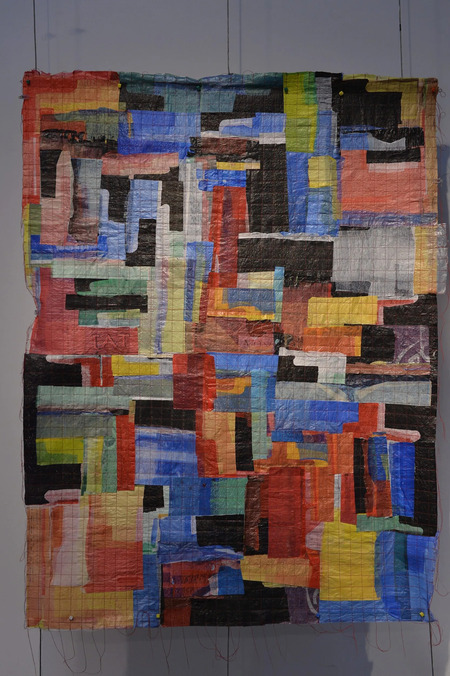
Nour Kays Simplexity
Also we consider the «Extraordinary Art Exhibition» is organized by the Goguikian Foundation and Action PR Group, an NGO dedicated to supporting Armenian students interested in pursuing careers in the Lebanese public service. In 2013, the organization launched an awareness program focused on ecology and recycling, which has since become a core part of its mission. This year’s exhibition builds on last year’s theme, showcasing the work of fifty Lebanese artists who have repurposed waste materials into unique artworks. The exhibition reimagines a wide variety of discarded materials, including leather, metal, paper, plastic, textile, and wood, transforming them into installations, mobiles, furniture, paintings, sculptures, jewelry, and more.
While it may seem paradoxical to focus on art and recycling in a country that has been overwhelmed by violence, survival struggles, and political instability, this exhibition serves as a powerful reminder of the potential for creativity to address pressing social and environmental issues.
Large-Scale Community Engagements in Eco-Art
The Recycled Orchestra of Cateura from Paraguay is a remarkable example of resilience and creativity using Recycled Materials. Children living in a slum built on a landfill learned to play musical instruments made entirely from discarded materials. Violins were crafted from oil cans, flutes from drainpipes, and other instruments were similarly constructed using items found in the landfill. Their story is not just about music, but also about transformation, how art, when rooted in the concept of reuse and recycling, can empower and uplift communities.
The orchestra’s journey is a powerful symbol of how art can be used as an educational tool and a means of social change. Despite growing up in challenging circumstances, these children have used the art of music to overcome adversity and inspire others around the world. Their resilience demonstrates the profound impact of eco-art, showing that even in the most difficult environments, creativity and resourcefulness can open doors to new opportunities, foster hope, and create lasting change.
Another of the case studies is Aerocene by Tomás Saraceno.
Tomás Saraceno’s Aerocene project envisions a future free from fossil fuels, utilizing solar energy to achieve atmospheric buoyancy. This global initiative encourages community participation in constructing and flying aerosolar sculptures.
Highlights: Museo Aero Solar: A collective endeavor where communities worldwide contribute to building a flying museum using reused plastic bags, promoting recycling and environmental awareness. Aerocene Flights: Public events where participants launch solar-powered balloons, fostering a hands-on understanding of renewable energy and atmospheric science.
Saraceno’s work exemplifies how art can engage communities in sustainable practices and envision alternative futures.
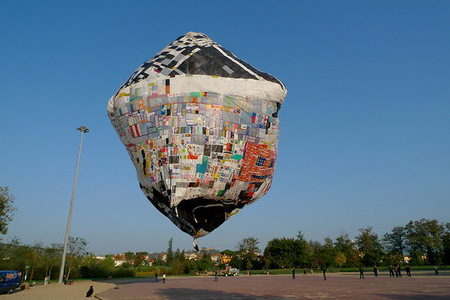
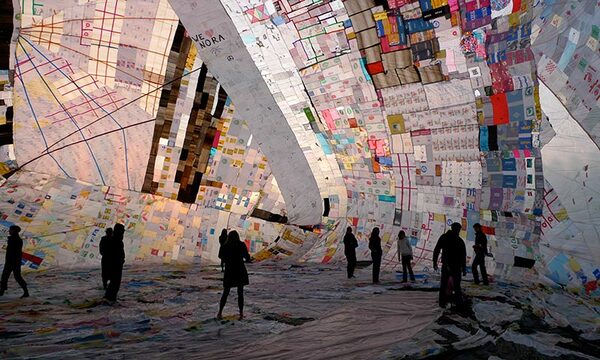
Museo Aero Solar Tomas Saraceno
Transformative Eco-Art Projects
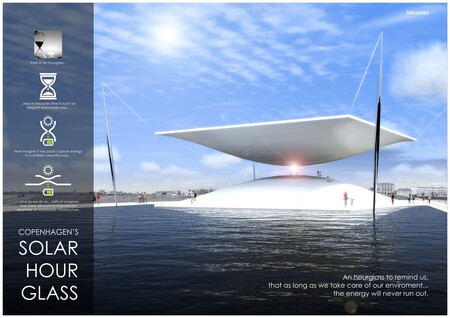
The Land Art Generator Initiative (LAGI)
Founded in 2010, the Land Art Generator Initiative (LAGI) brings together artists, architects, and engineers to design public art installations that generate renewable energy. By integrating sustainable infrastructure with aesthetic appeal, LAGI projects serve both functional and educational purposes.
Notable Projects: Copenhagen, Denmark (2014): The «Solar Hourglass» concept proposed a timekeeping structure powered entirely by solar energy, symbolizing the intersection of time and sustainability.
Santa Monica, California (2016): Designs included aesthetic solar panels and wind turbines integrated into public spaces, merging art with green energy production.
These initiatives demonstrate how community-driven art can contribute to sustainable urban development.
Photos: Courtesy ART 2030
Future Ours» Initiative
In 2024, the «Future Ours» project saw global artists intervening in the United Nations General Assembly to influence discussions on sustainable development goals. Orchestrated by Art2030, this initiative blended art with the UN’s 2030 sustainability agenda.
Key Aspects: Public Engagement: Artworks displayed in bus shelters across New York City aimed to reach a broad audience, sparking conversations among everyday citizens.
Global Representation: Featuring artists from diverse countries, the exhibition emphasized a global perspective on environmental and societal issues.
This project highlighted the potential of art to inspire people to reconsider their values and act for a sustainable future.
Wooden elephants from the Great Elephant Migration erected in New York’s Meatpacking District. G.N.Miller/NYPost
«Great Elephant Migration» Installation
The «Great Elephant Migration» art installation brought 100 life-sized elephant sculptures to Manhattan’s Meatpacking District in 2024. Created by the Coexistence Collective, the sculptures aimed to raise awareness for wildlife conservation.
Features: Material: Sculptures made from fine, woody reeds, modeled after real elephants in India’s Nilgiri Biosphere Reserve.
Symbolism: The use of lantana, an invasive weed affecting Indian forests, symbolized the need for harmony between humans and wildlife.
This installation underscored the role of art in promoting conservation and ecological balance.
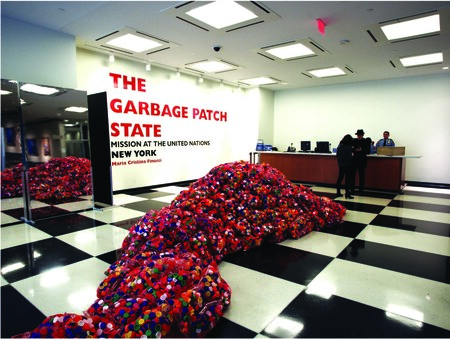
As regard the global influence of creativocacy and eco arts, let’s consider Maria Cristina Finucci (Italy) — The Garbage Patch State Medium: Marine plastic waste
Theme: Ocean conservation and political satire.
Project Description: Finucci declared a new «state» composed of the five massive oceanic garbage patches. She created embassies, flags, and architectural installations using real marine trash, turning environmental crisis into a nation-state performance.
Global Impact: Endorsed by UNESCO and displayed at the Venice Biennale, this work combines activism with absurdist performance, making the invisible visible.
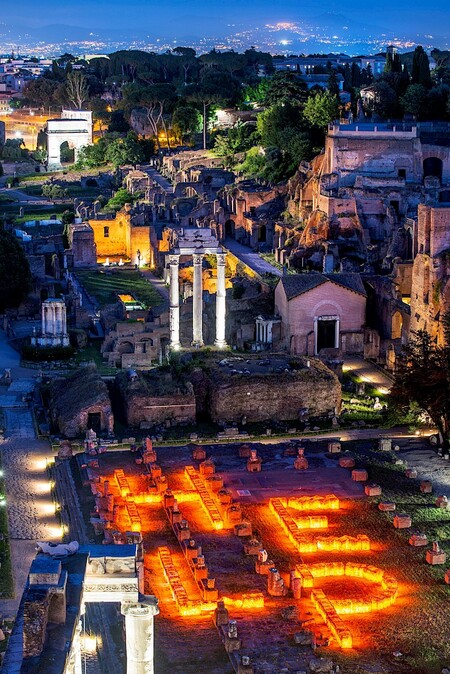
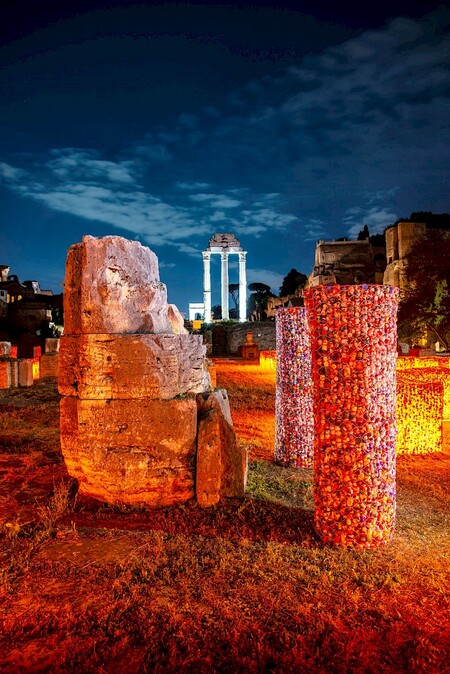
The Garbage Patch, Maria Cristina Finucci
Collective Influence on Culture and Policy
Public Engagement: Creativocacy projects like these reach millions through social media, traveling exhibits, and participatory events. Eco-education programs linked with installations offer workshops, guided tours, and classroom curriculum.
Policy Shaping: Collaborations between artists and municipal governments are growing, with city planners integrating eco-art into urban design. Some projects (e.g., Ice Watch) have directly influenced climate negotiations and environmental policy discussions.
Corporate Accountability: Artists like Von Wong have partnered with corporations to rethink packaging and promote circular design. Public art that critiques greenwashing holds companies accountable in real time.
Conclusion: The Planet is the Canvas
As this chapter ends, it is clearly seen that the global influence of creativocacy and eco-art is not bound by medium, scale, or geography. Whether it’s schoolchildren in coastal Ghana repurposing fishing nets into wall art or Scandinavian sculptors shaping soil into windcatchers, the message is unified: Artistic creativocacy and ecoarts is a form of care. In an age of environmental urgency, artists are not just reflecting the world, they are repairing it, reviving it, and redefining our place within it.
